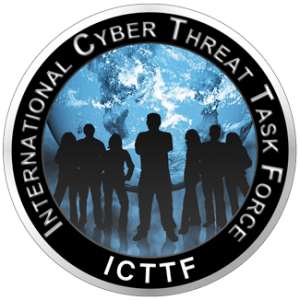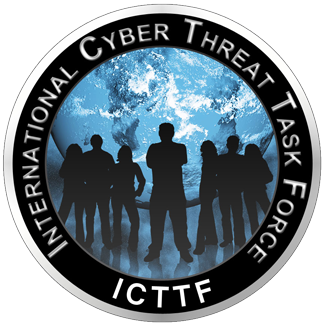
Bringing Risk to the Heart of Strategy
"Without understanding and being able to measure, manage and mitigate cyber risk, digital transformation and sustainability efforts can be jeopardised"
Some years ago, there was much debate about how IT strategy and business strategy had to be aligned, and this was to be led by the new breed of CIO.
With the CIO at the heart of the development of business strategy, business ambitions could be aligned with the latest technology, enabled and multiplied in effect to ensure competitive advantage.In the same way that the CIO became a central part of the business strategy team, the chief information security (CISO) and chief risk officers (CRO) must now take their places in that strategy team too.
As CEOs have had to become technologically informed to
responsibly lead their organisations, they must now also ensure that those who
measure and manage the digital risk to the organisation are involved in the strategy,
planning and execution of transformation.
Failure to align cyber risk with transformation efforts will predictably result in the same kinds of stalls and failures so well documented previously. Lack of return on investment, underutilisation and increased exposure to threats were all seen when investments were misplaced or inappropriate in the early days of transformation.
The oft quoted stat from McKinsey that 70% of transformation efforts fail to produce expected results has the potential to be multiplied in the current context, and from a cyber risk perspective.
If an organisation embarks on a transformation initiative, with digital at its heart, that introduces an entirely new element of risk, it could represent an existential threat to that organisation. While the business risk of such a transformation, and even the risk of not transforming, is often well documented and understood, the cyber risk aspects of such initiatives are still poorly expressed, explored and factored into strategies.
Paul Hearns is an author, journalist and presenter of more than two decades experience.

HEAD OFFICE
-
ICTTF Ltd
Unit 8, Kinsealy Business Park,
Kinsealy Lane,
Malahide,
Co Dublin
K36 CX92 -
info@icttf.org
support@icttf.org -
+353 (0)1 905 3263
